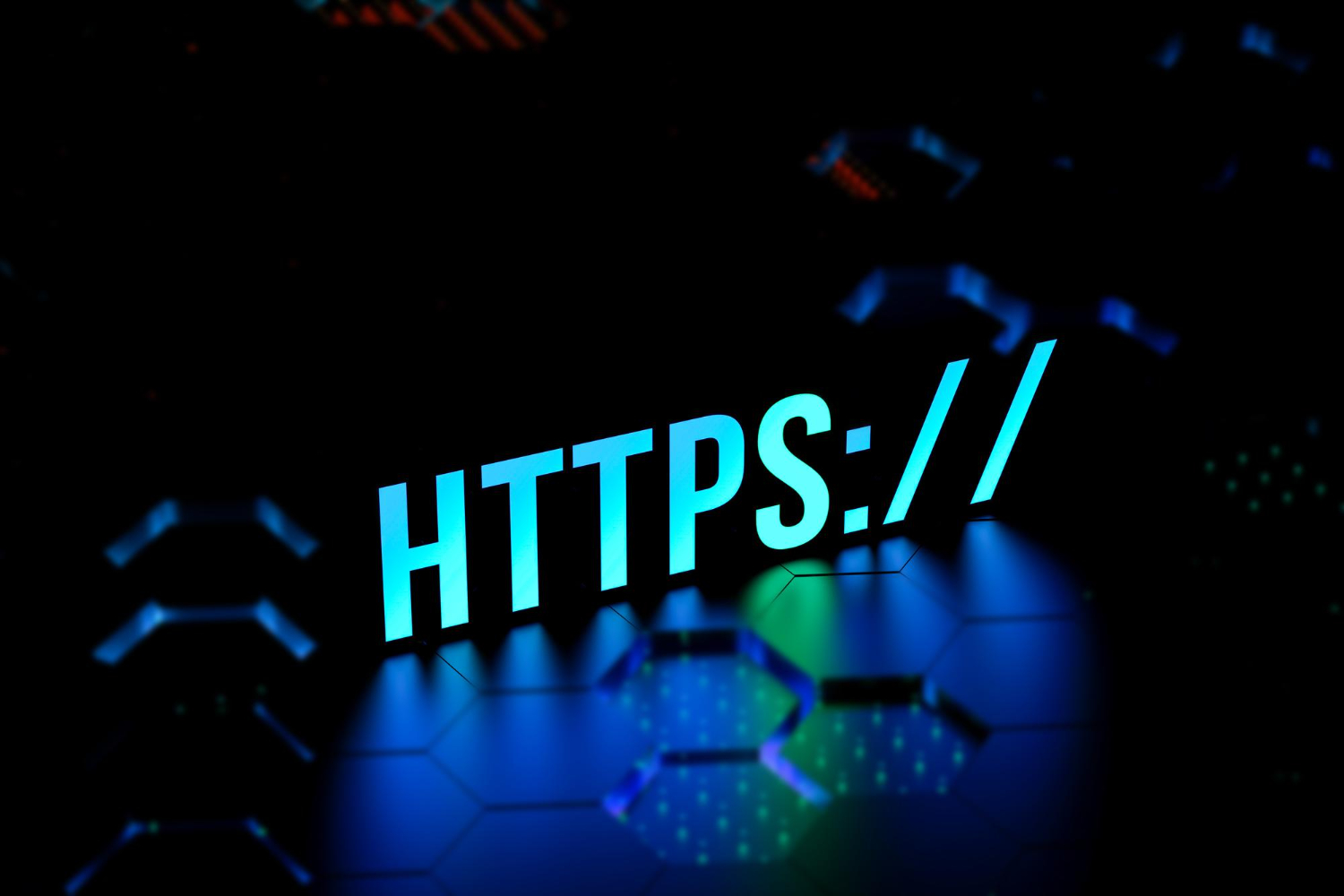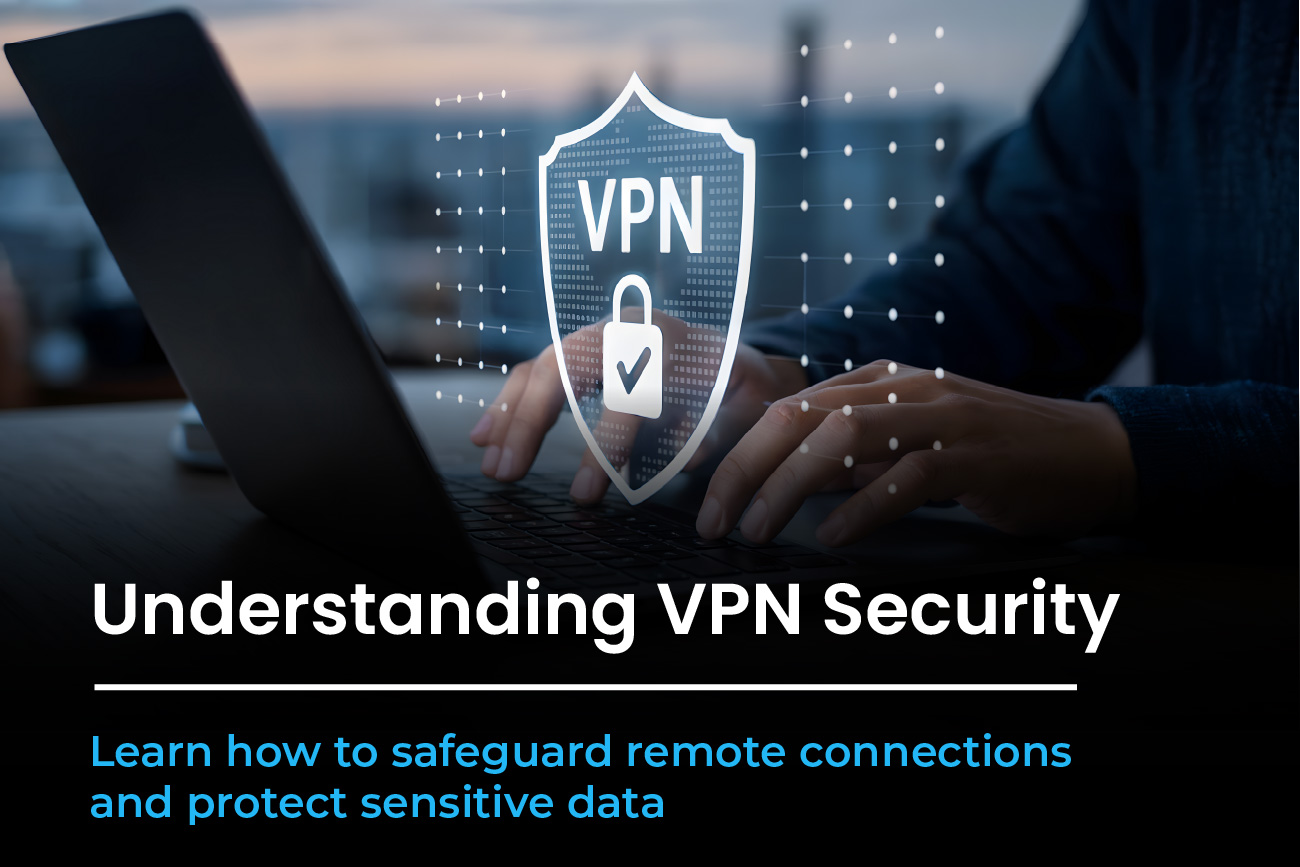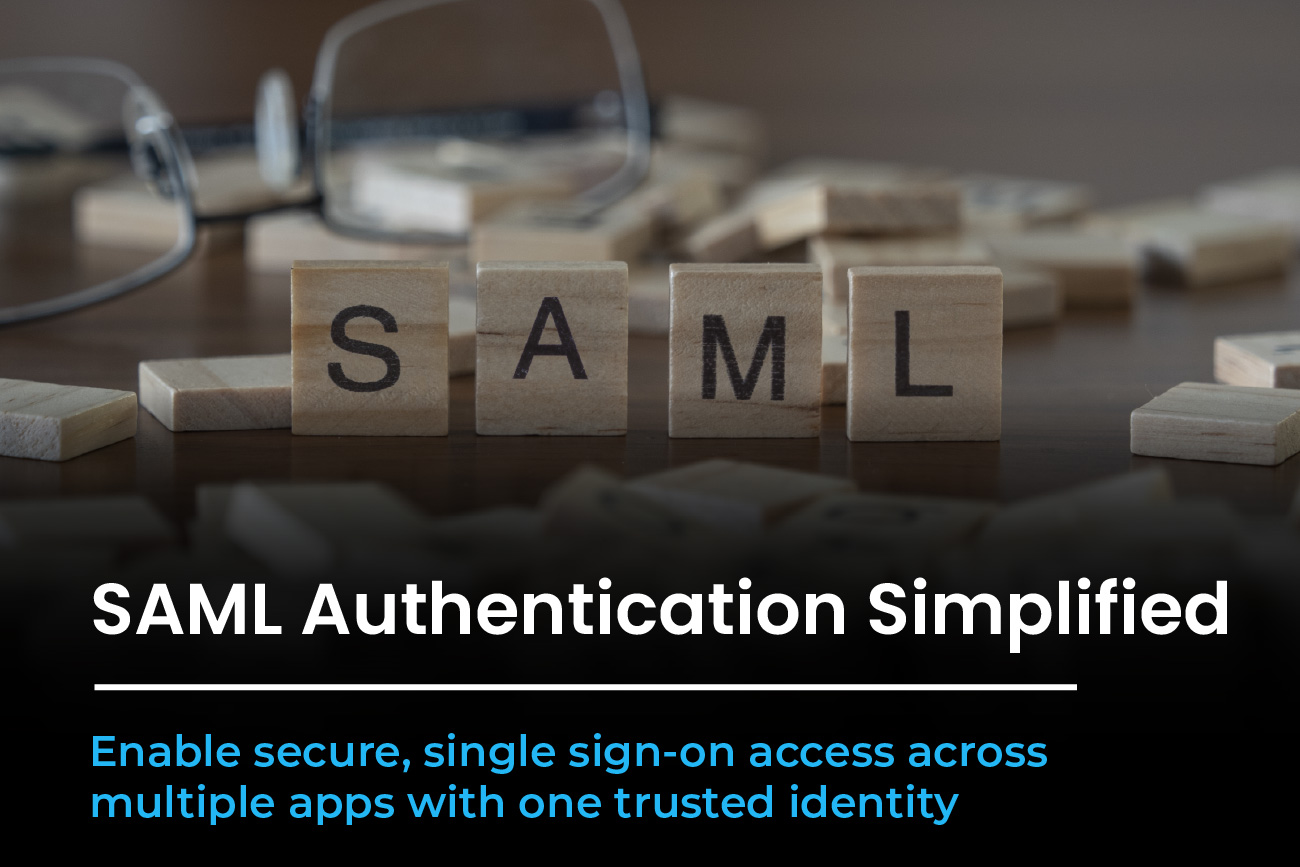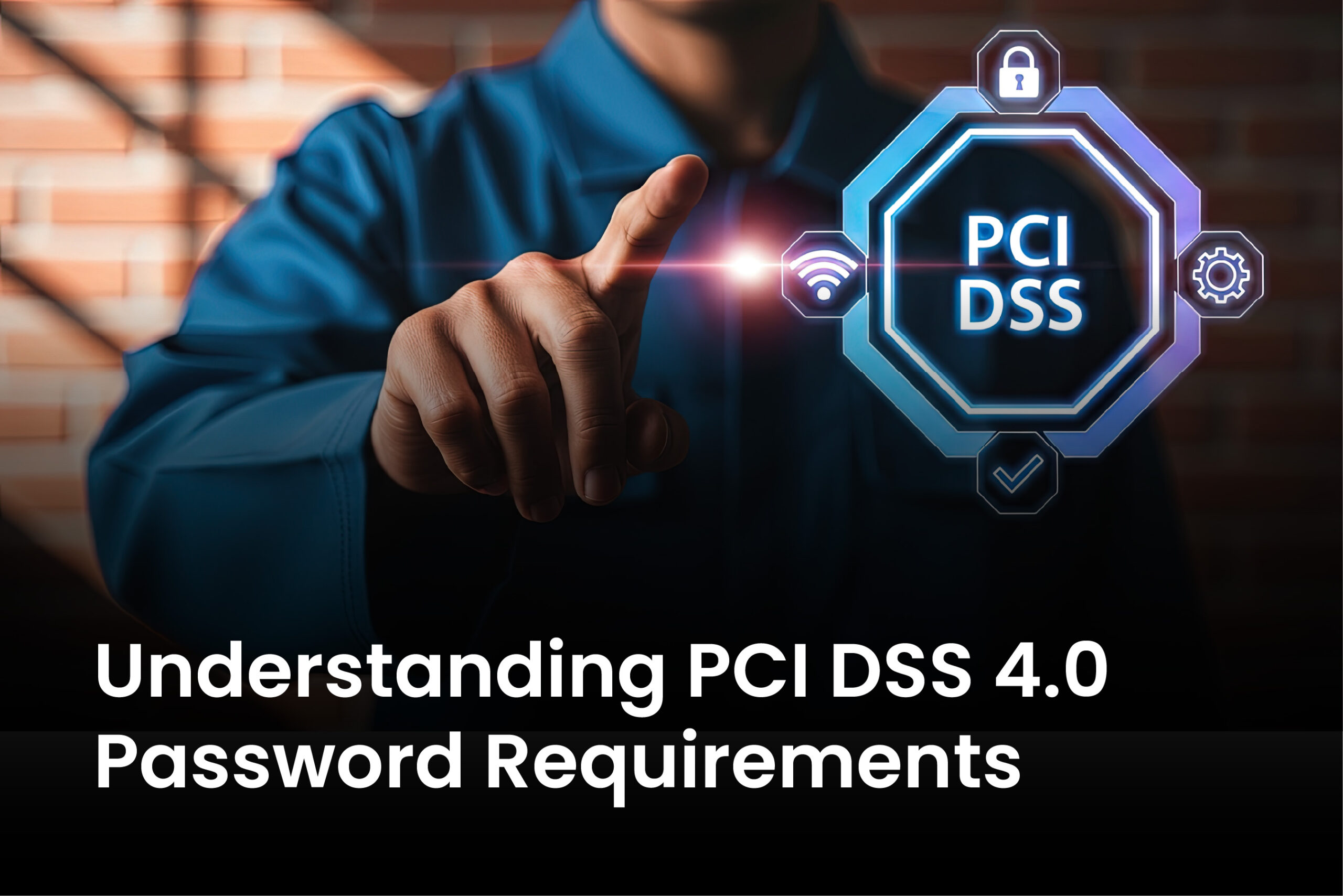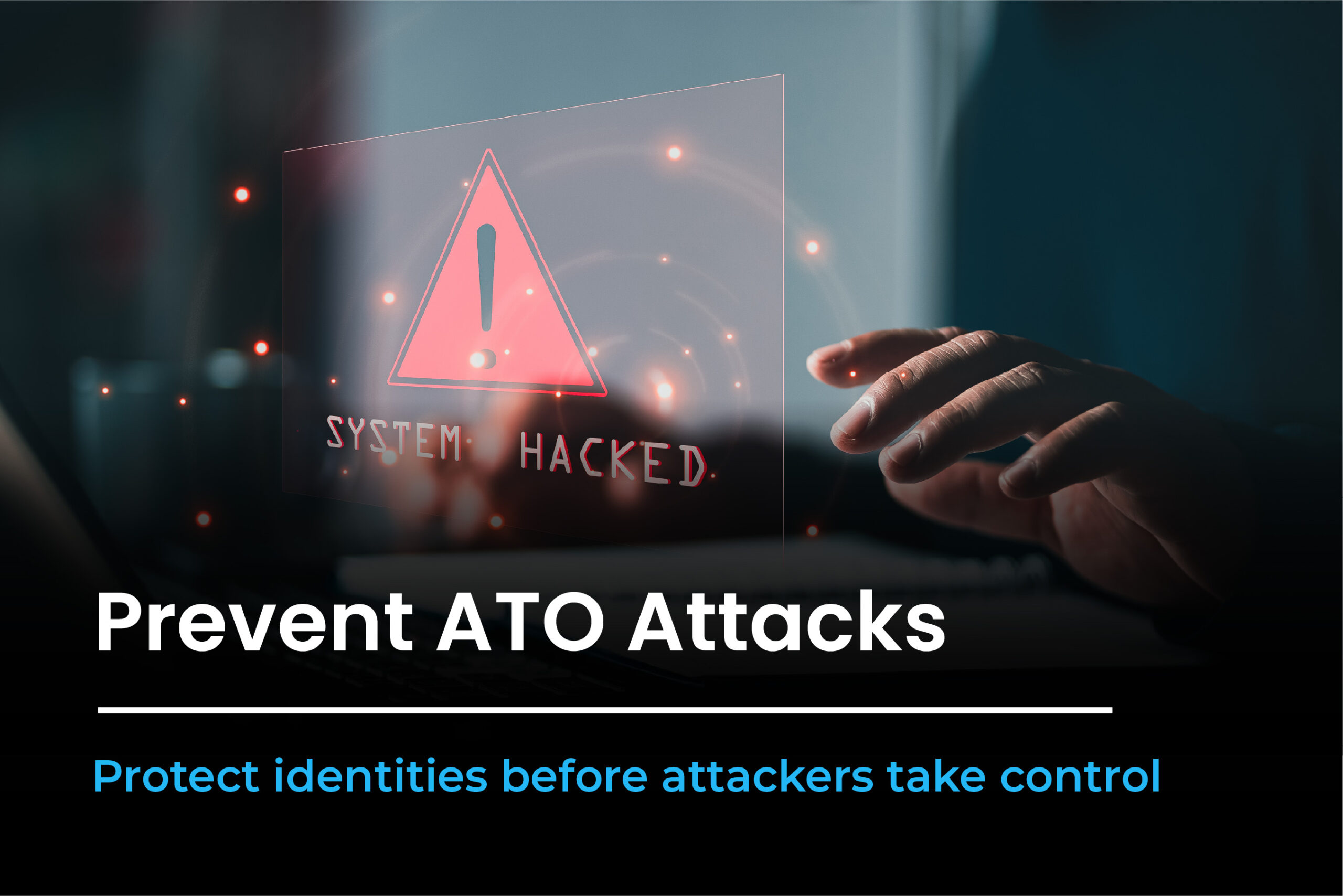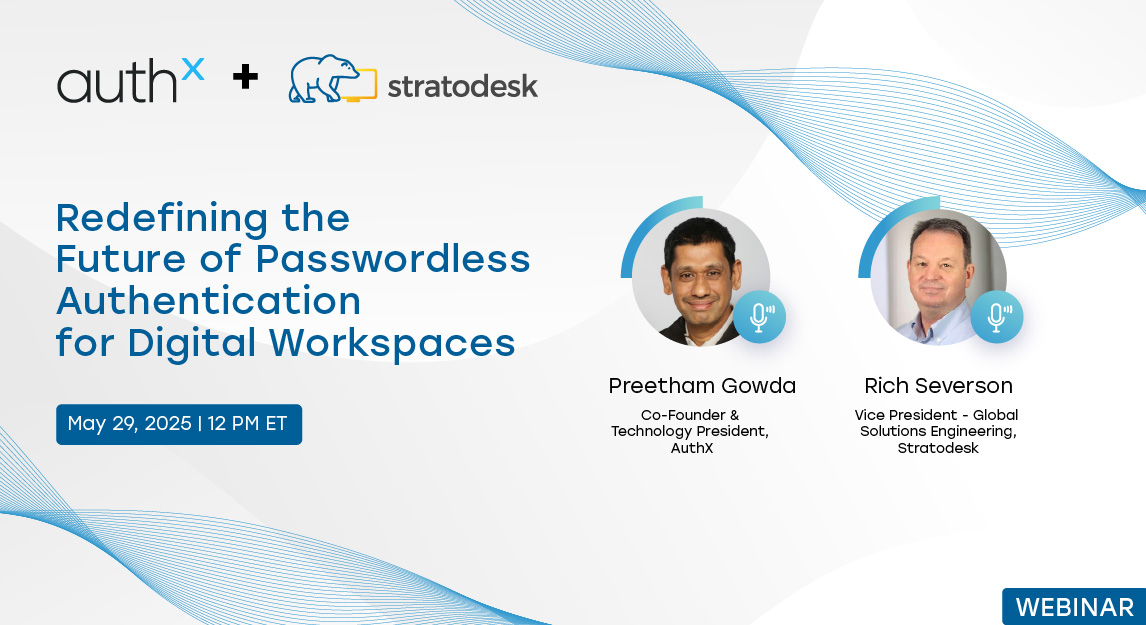Passwords are dead. At least, they should be. Yet, most organizations are still letting employees log in with “Password123” while hackers have a field day. Nowadays, identity is the first line of defense in cybersecurity, and if not handled appropriately, every login, access request, and system click could be an invitation for trouble.
That is why a strong IAM strategy is no longer optional; it is mission critical. Consider the rules and regulations of the digital world: without them, there is chaos, audits go wrong, and security breaches occur.
Creating a best-in-class IAM approach shouldn’t have to be difficult. In this guide, we’ll break it down, provide real examples, and explain how to transform identity management from a headache to a competitive advantage.
Why a Strong IAM Strategy is Business Critical?
The workplace has changed. Employees, contractors, and partners work from everywhere. Businesses run hundreds of SaaS applications. Passwords alone are no longer enough. Without a defined IAM security strategy, organizations face data breaches, compliance fines, and lost customer trust.
Even small businesses feel the pressure. Attackers don’t discriminate. Weak IAM is an easy entry point. That’s why the IAM framework must evolve from a technical add-on into a core business capability.
Done right, IAM enables enterprises to:
- Control access precisely across apps and systems
- Enforce least privilege to minimize insider risk
- Provide seamless user experiences with single sign-on and passwordless options
- Prove compliance with audit-ready reports
In short, building an IAM strategy is more than about keeping threats out. It’s about creating digital trust.
Core Components of an Identity and Access Management Strategy
Every successful identity and access management strategy is based on a few fundamental components. The first is identity lifecycle management, which guarantees secure onboarding, modification, and deprovisioning of users. The second is authorization and authentication, where businesses are shifting to Passwordless and Adaptive MFA techniques. The next step is Role-Based Access Control, which restricts users to the permissions they require.
Another need is ongoing audits and monitoring. Even the most well-designed IAM architecture will not work in practice without visibility. Lastly, integration is essential. The cloud apps that employees use on a regular basis, IT directories, and HR systems must all be smoothly integrated with your IAM systems. Together, these components create an active IAM architecture that businesses may modify as threats and technological advancements evolve.
The IAM Process: From Planning to Execution
One of the biggest misconceptions about IAM is that it’s a one-time rollout. In reality, a successful IAM process is cyclical. Organizations typically start with an assessment of their current state, then move into design, implementation, and ongoing optimization.
Assessment reveals gaps; maybe too many orphaned accounts, or legacy systems that can’t enforce modern authentication. Design translates those findings into an IAM architecture with clear roles and policies. Implementation involves rolling out tools like MFA, SSO, or privileged access controls.
But it doesn’t stop there. Continuous optimization ensures the program scales as the business grows. Governance is the final layer, aligning policies with compliance needs and internal approval workflows. This cycle never ends. That’s why IAM implementation must be seen as an ongoing journey, not a project with a finish line.
Building the Best IAM Strategy for Your Organization
The best IAM strategy starts with business goals, not technology. We often remind leaders that IAM is not just about “locking down” systems; it’s about enabling secure productivity. If you begin with compliance or user experience in mind, the IAM roadmap becomes clearer.
After defining goals, map every identity in your environment, users, devices, and service accounts. Without this inventory, you can’t design an effective access strategy. From there, leadership must decide how to create IAM governance and control strategy. Who approves access? What happens when someone leaves? These decisions establish accountability.
Next comes technology. Choose an IAM architecture that is scalable, cloud-ready, and integrates with your existing ecosystem. At this stage, you’ll also need an identity and access management implementation plan. Phasing in features like MFA, SSO, or automated provisioning prevents disruption.
Finally, build monitoring into your DNA. Metrics such as login success rates, provisioning times, and failed authentications will show whether the IAM implementation is meeting its objectives.
Real-World IAM Strategy Examples
Examples bring theory to life. A large healthcare provider recently built an IAM strategy around Adaptive MFA and HR-driven provisioning. The result? Offboarding time dropped from three days to 30 minutes.
A global manufacturer took a different path. Their identity management strategies focused on role-based access and privileged account security. This reduced insider risks by 40 percent within a year.
These cases show that no two IAM strategies look identical. The best IAM strategy is the one tied to the company’s risk profile and operational needs.
IAM Strategy Checklist for Enterprises
Here’s a quick way to evaluate your own program. This checklist reflects best practices for identity and access management that work across industries.
- Inventory all identities, including service and machine accounts
- Apply least privilege using RBAC or ABAC
- Enforce MFA for high-risk applications
- Automate onboarding and offboarding
- Monitor logs and flag anomalies in real time
- Review and update roles quarterly
- Align policies with compliance standards
- Train employees on safe authentication practices
If you can check off each of these, your identity and access management implementation plan is on the right track.
Overcoming Common Challenges in IAM Implementation
Even with a strong plan, most companies face roadblocks. The most common challenges include:
- Legacy systems that lack integration options
- Limited internal expertise in IAM framework design
- Budget pressures that delay deployment
- Employee resistance to stricter authentication policies
The hardest part isn’t rolling out MFA. It is convincing staff that IAM makes their jobs easier, not harder. This is why communication, and training must be built into every IAM implementation.
IAM Resilience and Security Strategies
Modern identity programs must be resilient. A solid IAM resilience strategy ensures that if one layer is compromised, others hold strong. For example, stolen credentials won’t lead to a breach if MFA and Role-Based Access Controls are enforced.
At the same time, an IAM security strategy should emphasize least privilege, continuous monitoring, and privileged account management. Together, these controls reduce the impact of attacks and improve business continuity.
Futureproofing with Modern IAM Strategies
The landscape doesn’t stand still. Organizations are beginning to modernize IAM strategies with innovations like Passkeys, Biometric Authentication, and AI-driven risk scoring. These approaches fit naturally into zero trust models, where identity is at the core of every decision.
Forward-looking leaders are asking bigger questions: How do we integrate IAM into DevOps pipelines? How do we automate identity for hybrid workforces? These are the conversations shaping the next generation of IAM architecture and IAM process design.
Bringing It All Together
A successful identity and access management strategy is about alignment, between people, processes, and technology. With the right access management plan, companies can not only prevent breaches but also improve employee experience and streamline compliance.
The lesson from every IAM strategy example is the same: the right mix of policies and tools creates value beyond security. That’s why the most effective identity management strategies put users at the center while reducing risk in the background.
At AuthX, we believe IAM shouldn’t feel like a traffic cop at every login. It should be more like a silent superhero, blocking the bad guys, letting the good guys fly, and making security look effortless. That’s the kind of IAM framework that works, and the kind your teams will secretly thank you for.
FAQs
What is an IAM strategy roadmap and why do I need one?
An IAM strategy roadmap is a plan that describes how identity and access management will be implemented in stages. It ensures that your IAM approach efficiently reduces risks while being in alignment with business goals.
How to implement IAM effectively in my organization
Mapping all users, roles, and access points is the first step in implementing IAM. Next, controls like MFA and least privilege are enforced. Your IAM system will grow seamlessly throughout the company if you implement it in stages.
What is the difference between an IAM framework and an IAM architecture?
While IAM architecture focuses on the technical design and integration of tools, an IAM framework outlines the rules, regulations, and procedures that govern identity management. A comprehensive identity and access management strategy requires both.
How do I measure the success of my IAM strategy?
Metrics like fewer orphan accounts, quicker provisioning, MFA adoption, and fewer incidents involving access can be used to evaluate success. Monitoring these KPIs ensures that your IAM deployment adds value to your business while offering robust security.





